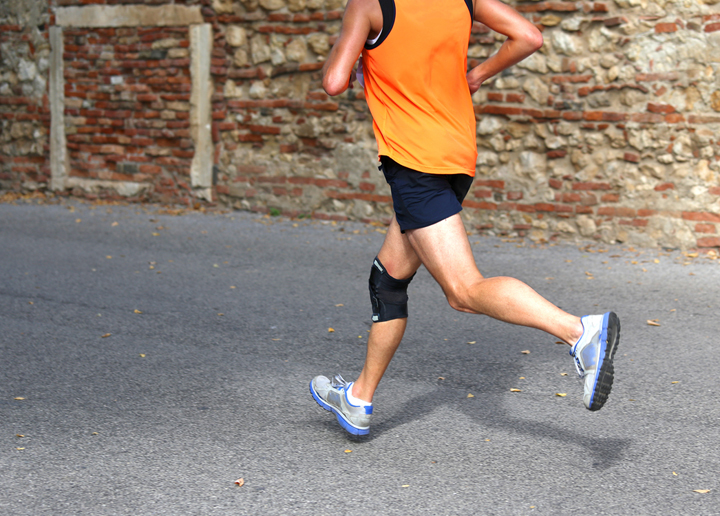Finding Your MACI Moment
Is knee cartilage pain holding you back? Treating your cartilage damage could allow you to get back to the moments that matter.
Patients say the unique goals they set for an active life after MACI knee cartilage repair empower them during treatment and rehab to get back to doing what they love most. For some, their goals include keeping up with their kids, making a return to running—or simply descending the stairs without pain.
In fact, many knee pain sufferers can pinpoint the emotional moment after MACI when they achieved a physical goal—big or small—that crystallized their return to an active life. We call that a MACI Moment.
MACI patients Adam and Chris* share their MACI Moments—and what life is like today post-MACI, in the videos below.
Click here to find a MACI specialist in your area
What to Expect Post-Surgery
To set a course for success, patients commit not only to treatment, but also to a personalized 6- to 9-month rehab program after MACI surgery. Be sure to follow the advice of your own doctor as you pursue your rehab goals.
Everyone’s knee cartilage treatment journey may look different, and results will vary, but MACI patients can set recovery goals based on common rehab milestones.
Patients typically experience the following during MACI recovery:
- First Week: Within one week post-op, patients are mobile with crutches. Patients will also begin a personalized, physician-prescribed rehabilitation program following surgery.
- Return to Routine: During the first three months post-op, many patients can return to light recreational movements. This includes the ability to walk, drive and navigate the stairs with crutches.
- Building Strength: Between three and six months, patients may return to low-impact recreational activities, resume more physically active jobs and return to daily activities that require strength and endurance.
- Be Active: By six to nine months after MACI — many patients can claim their “MACI Moment.” Patients may return to running distances, weight training, tennis – even skiing and snowboarding.
Are you considering making your move? Learn more about how MACI works, and speak to your doctor to understand if it may be an option for you.
Please see below for full indication and ISI. Blog posts are intended to provide educational information only and do not constitute medical advice. Always talk to your doctor with any questions.
*Adam and Chris are MACI patients and have been trained and compensated for their time by Vericel.



